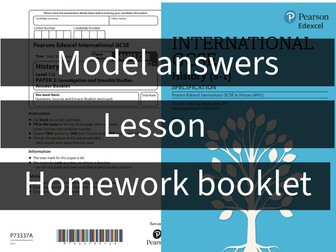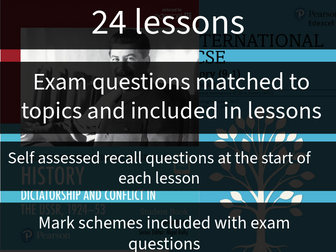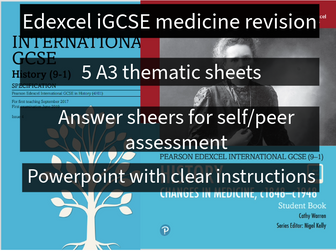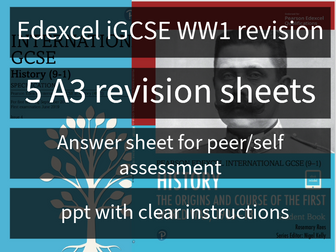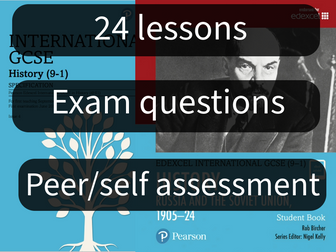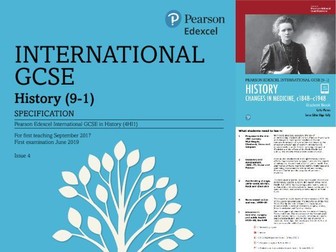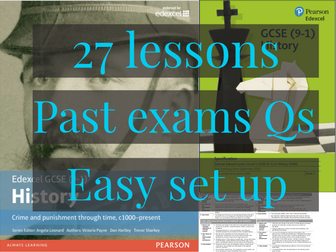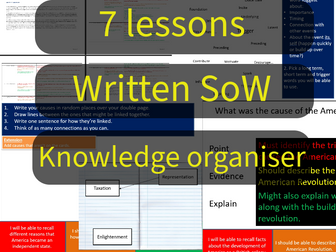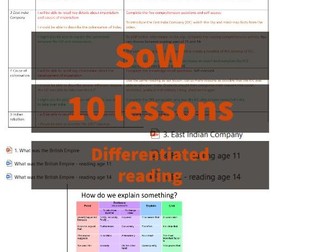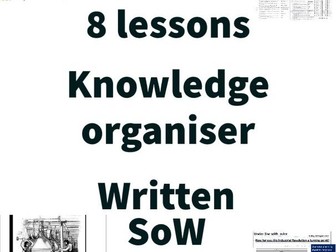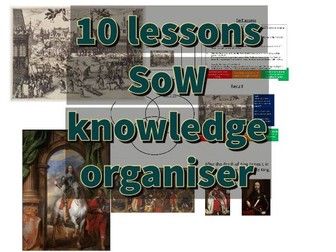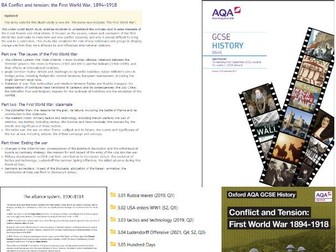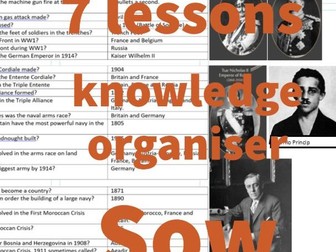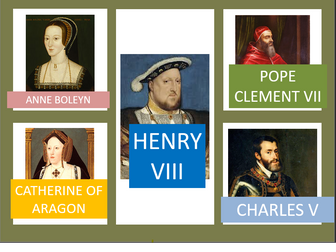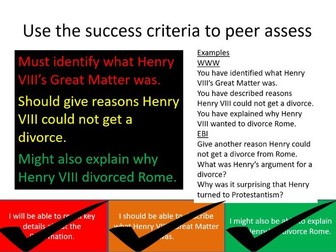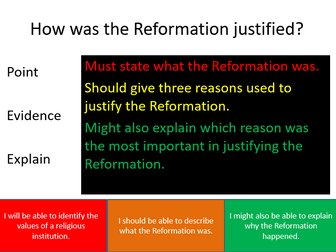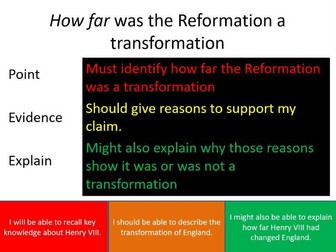
iGCSE Edexcel History Medicine exam lesson, model answers, exam map
This lesson has been designed for the iGCSE History Edexcel, paper 2 (b2), Changes in medicine 1848-c1948.
This contains a lesson which guides the teacher and students through an exam technique lesson. Teachers will need to print the exam paper which has been annotated.
There are three sets of model answers from the exam papers, included in the lesson:
2. Nov 2020
2b. June 2021
2br. June 2022
The exam paper from Nov 2020 has been annotated for student activities in the lesson. The other two exam papers may be given as example answers.
There is also a homework booklet that includes:
• Exam map (links exam questions to topics)
• Knowledge page for the most commonly assessed topics
o 2.2 Improvements in surgery: Lister and the impact of antiseptics
o 2.3 Government action on public health: Public Health Act (1875)
o 4.2 The importance of the First World War for the role of women in medicine
o 5.1 The development of penicillin and the roles of Fleming, Florey and Chain
• 12 model exam answers, three for each of the mostly commonly assessed topics
o 2.2 Improvements in surgery: Lister and the impact of antiseptics
2r, June 2019, Qb
2b June 2022 ©i
2br June 2022, ©ii
o 2.3 Government action on public health: Public Health Act (1875)
2. Nov 2020, ©ii
2b. June 2021, (a)
2br June 2022 (a)
o 4.2 The importance of the First World War for the role of women in medicine
2b Nov 2021, ©ii
2r. June 2019 ©i
2br June 2022, (b)
o 5.1 The development of penicillin and the roles of Fleming, Florey and Chain
2r, June 2019, Cii
2b. June 2021, Cii
2b June 2022, b
• A link to a YouTube video for each of the most commonly assessed topics.
